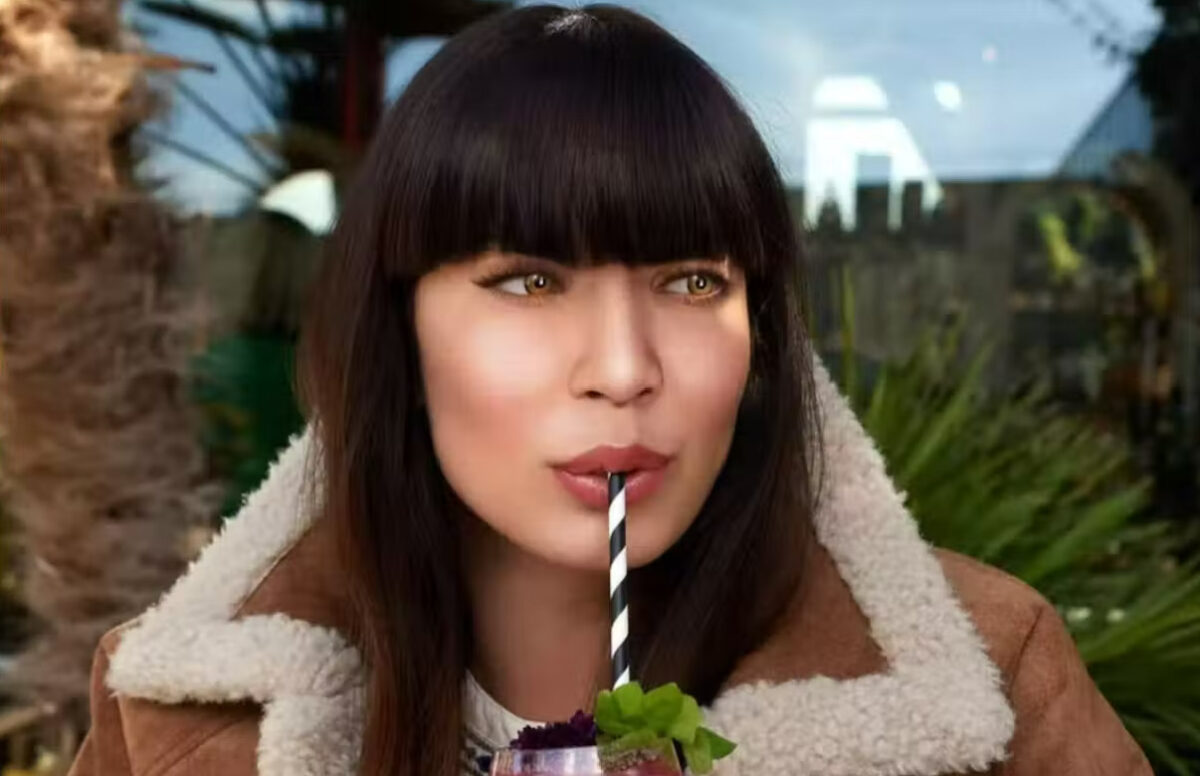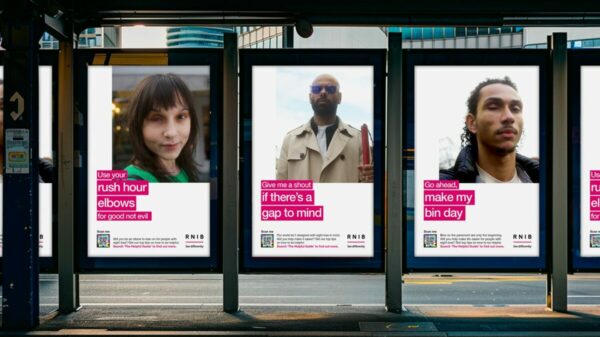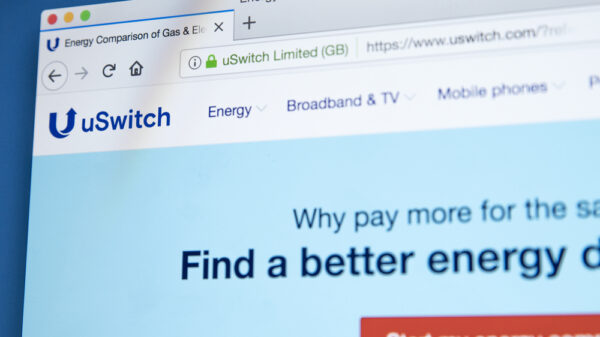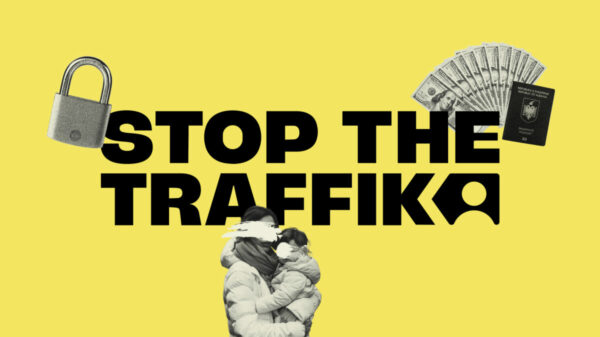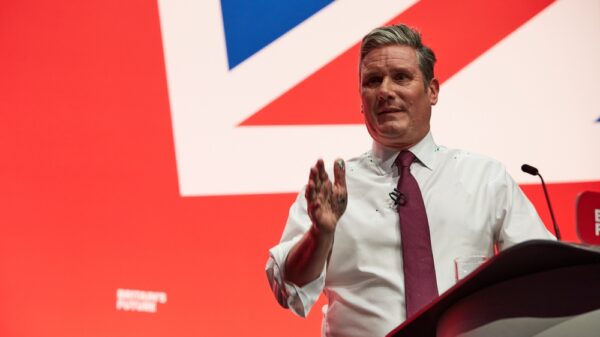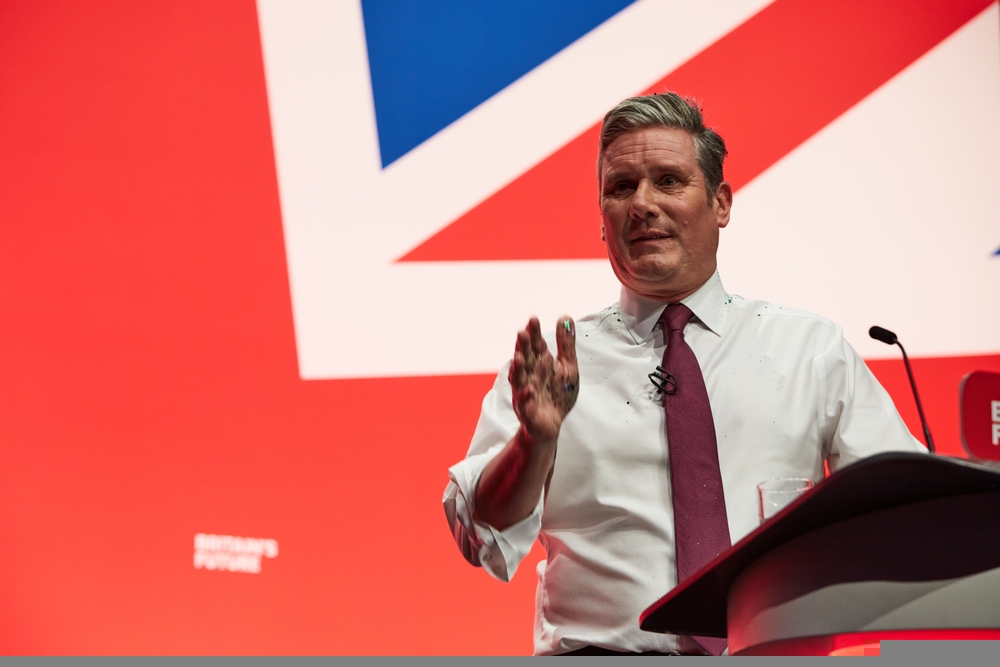In marketing, influence has always been important. In 2023, influencer marketing – which works on the universal truth that people trust other people they feel connected to – is almost everything.
With the power to make an impact on people’s opinions and purchasing choices, social influencing is finally beginning to own a bigger share of marketing budgets. Almost two-in-three (64%) marketing leaders expect their influencer (creator) marketing budget to increase in 2023.
Individual creators thrive on the premise that they offer more personalised advertising of products and services, offering a stark comparison to brands that appear more removed with their marketing. What started with unboxing videos and shopping hauls on YouTube has now escalated to TikTok live shopping, Instagram reels and even AI.
The characterisation of influencers has not and is not always positive, however. Deinfluencing – the act fo telling followers what not to buy – is on the rise, possibly to the detriment of the industry, while a general lack of trust from some consumers is also threatening creators’ reputation.
Until October 2021, there were no professional bodies solely focusing on influencer marketing. However, the launch of the Influencer Marketing Trade Body (IMTB) aimed to provide a new, unified and authoritative voice for the sector – one that was previously lacking.
Working closely with marketing agencies and platforms, the IMTB pushes back against the way influencers are portrayed by the government and mainstream media.
Marketing Beat explores the past, present and future of the industry with director general Scott Guthrie.
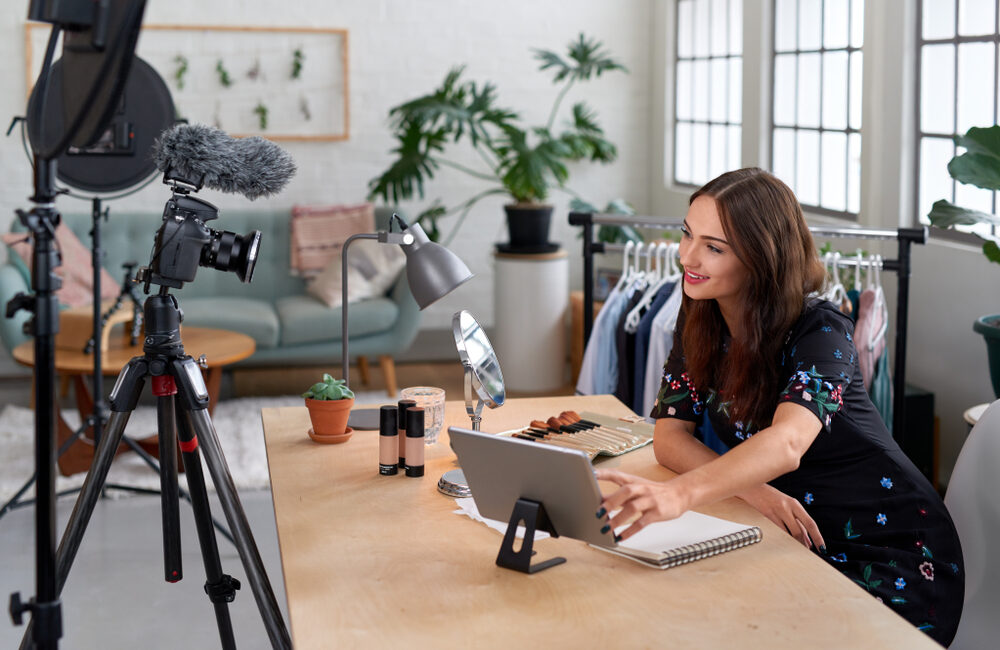
Trusting influencers
Guthrie is adamant that the IMTB has always looked to push back against the conflation of mistrusted reality TV stars with “fully-formed” creators who have spent a long time “nurturing” the community.
“Brands might have refused to work with influencers in the past due to negative reports in the media,” he says. “They might have tried influencer marketing without fully understanding that it is a discipline and understanding that they have to a workflow and a proper vetting process in place to get the results they want.”
Working closely with the IMTB, the Advertising Standards Authority (ASA) is increasingly clamping down on irresponsible ads from influencers that may mislead consumers due to their failure to highlight their posts as advertisements.
While complaints about influencers make up about a quarter of all online cases, there are currently 22 influencers on the watchdog’s ‘non-compliant online advertisers’ list. Guthrie adds: “Interestingly, the last time I checked on the 22 influencers that have been on this, 21 of them were reality TV stars and another was a soap star that had appeared on I’m A Celebrity Get Me Out Of Here.
“As an industry we feel that we’re sometimes being damned by reality TV stars, who know they’ve got six months of fame and will sell anything to anyone. On the other hand you have influencers that spend a long time nurturing and building up a community. They’re constantly learning and becoming subject matter experts in whatever field they are there in.”
Guthrie believes that influencer marketing can help brands across the entire customer journey, from awareness, to consideration, to purchase and repurchase.
“That doesn’t mean the same influencer is brilliant at all parts of that funnel,” he adds. “Some creators are brilliant at creating inspirational content, which really works at awareness, and others are brilliant at nudging you the last mile into purchase.”
In 2020, the United Nations worked with influencers to carry out important messaging surrounding important messaging surrounding Covid-19. Guthrie feels this points towards the idea that influence is “not just about selling products but also about shaping ideas and effecting a change”.
“If we think about influencers as change-makers rather than just sellers, the use cases will become exponential. Creators humanise brands. They provide a ‘relate-ability’ to the consumer, like that of a friend.”
The IMTB director general also feels that influence is becoming more respected as a discipline.
“Influencers recognise the need for longevity and the need to professionalise. Increasingly campaigns are are starting with influence. It is becoming a more integrated programme of marketing.”
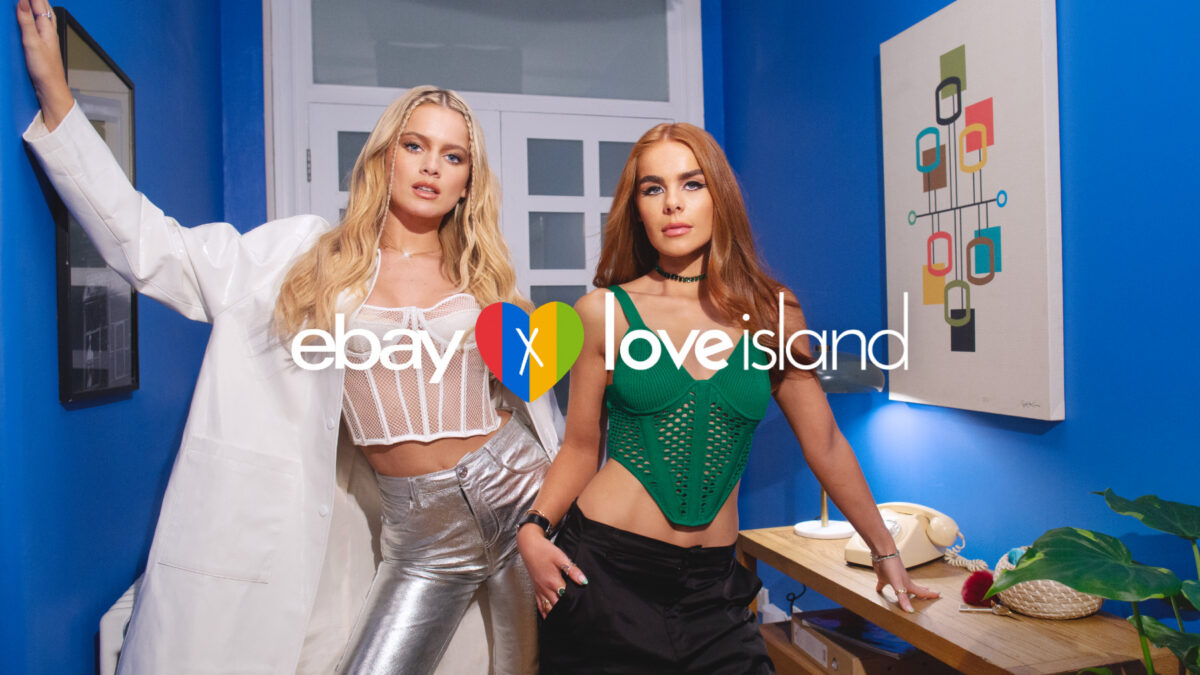
‘Deinfluencing’
Deinfluencing – or the act of telling followers what not to buy – is the newest form of online social engagement. As of 2 March, ‘#deinfluencing’ has over 278 million views on TikTok.
On the face of it, the trend may appear to antithesis to traditional influencing, but Guthrie views the movement as a “positive re-calibration”.
“While posting negative reviews of products is not new, deinfluencing also allows some corners of influencer marketing to recalibrate. It’s a response to a role conflict in that consumers want influencers they follow to be authentic, knowledgeable and unbiased.
“This sometimes comes into conflict with what the sponsoring brands and their motivations are, as they want the influencer to say nice things about them. But within this a consumer’s awareness of an influencer’s sincerity and trustworthiness can only increase.”
Guthrie understands that the trend can allow creators to re-examine their role within marketing.
“Is their role to be guardians of a community or is it to sell stuff?” he asks. “If you’re not sincere, trustworthy or credible, can you actually sell something? In the end influence without a following is no longer influential.”
“While brands do look for follower count, the more progressive companies identify and select influencers to mesh with their values, credibility and beliefs. This, in turn means that influencers benefit from having better fit projects to work with, decreasing the likelihood of mistrust.”
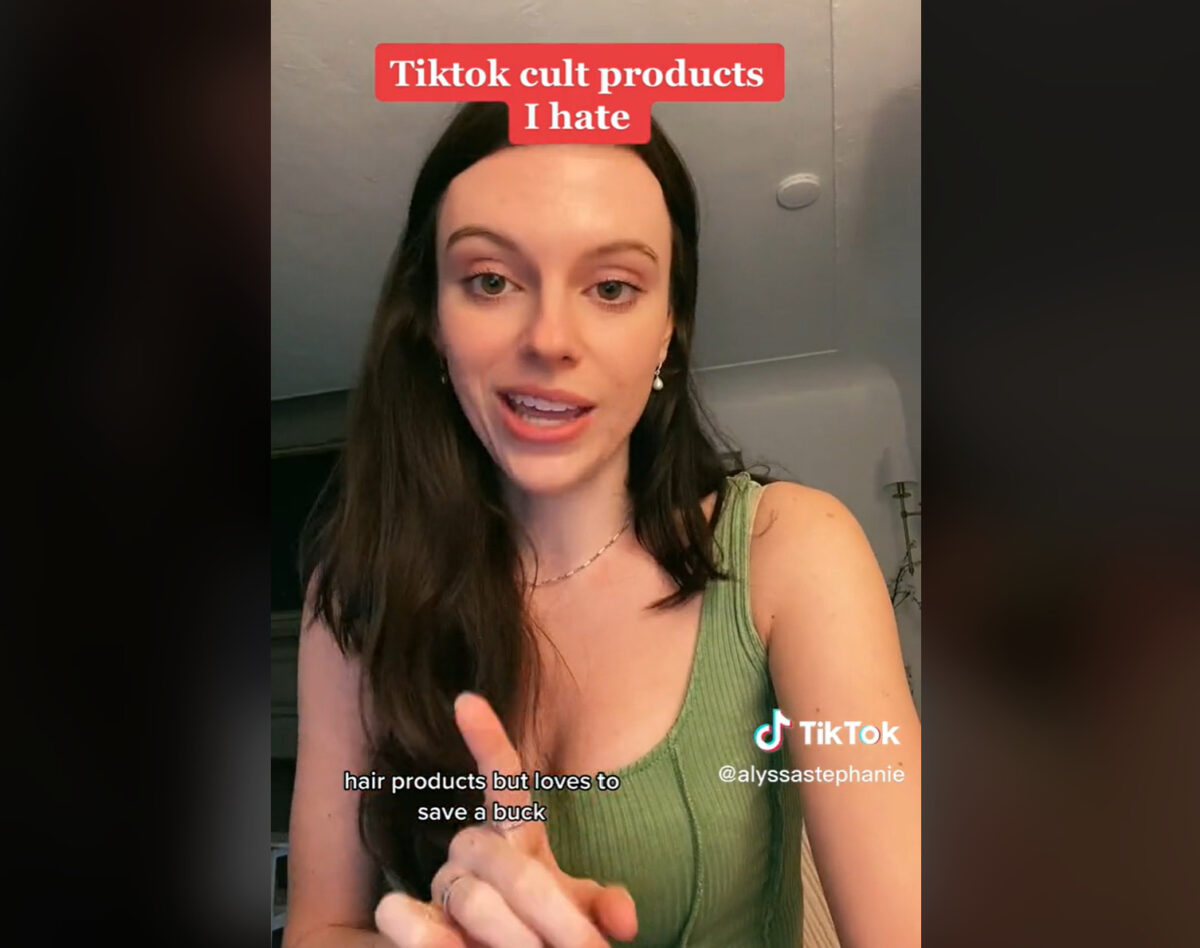
The future of influence
Guthrie wants the industry to mature and professionalise to ensure sustained growth within the growing industry.
“We’ll see more and more creators, brands and agencies come into the space, but we’ll also see a lot more regulation,” he says. “Hopefully this will involve self-regulators like the ASA, as opposed to experiencing government sanctions from organisations like the Competition and Markets Authority (CMA) for example.”
With regards to platforms, Guthrie believes the battle between TikTok and YouTube shorts will be “interesting”.
“Is TikTok going to be touted to close because of its Chinese ownership? In general we can’t really predict what platform will be next. We know that TikTok was the fastest platform in history to reach a billion users. Does that mean that the next one will be even quicker than TikTok to do that? Or does that mean that Instagram will revolutionise and reinvigorate itself?”
Creators will know not to put all their eggs in one basket in the future, Guthrie claims.
“They will share the risk a little bit, and create the appropriate content for the appropriate platform, taking their communities a lot more seriously and probably monetising communities through discord servers.”
Guthrie also feels that the industry will see a blurring between what a brand asks an influencer to do and what an influencer expects from a brand. “There will be a lot of co-creation but also independence.
“We’ve seen it with the Kardashians, Mr. Beast, KSI and the appalling Paul brothers. It will come right down from the mega-influencers to the mid tier and into the smaller ones where they will create their own brands, which might see them put each other in competition.
“You could say Prime Hydration is already in competition with Gatorade, for example. We’ve also seen brands opening up the velvet rope a little bit into the VIP area, what with Molly Mae Hague becoming the creative director of PrettyLittleThing.”

AI in influencing
Currently the talk of the marketing town, Guthrie feels that AI will undoubtedly play its part in influencing.
“Generative AI might help with the efficiencies in influencers’ workflow. It might help with testing titles and descriptions and creating thumbnails for YouTube images, to make their content really appeal to consumers.”
Virtual influencers are also coming into fruition, with M&S recently launching AI creator Mira and the movement being “massive” in Japan and Brazil.
“Whereas M&S’ Mira was part human with CGI over it, the next iteration will be purely AI. There’ll also be things like chatbots in the forms of avatars helping people deal with FAQs that will appear to be very natural.
“There’s a potential flipside of this in terms of misinformation or disinformation. We’ve got bots at the moment, but the next iteration will be disinformation through virtual influencers.”
“In general the shift in reliance to AI will be very natural. Influencers and the world alike will un-tether themselves from the keyboard as the use of technology becomes more voice activated.”
